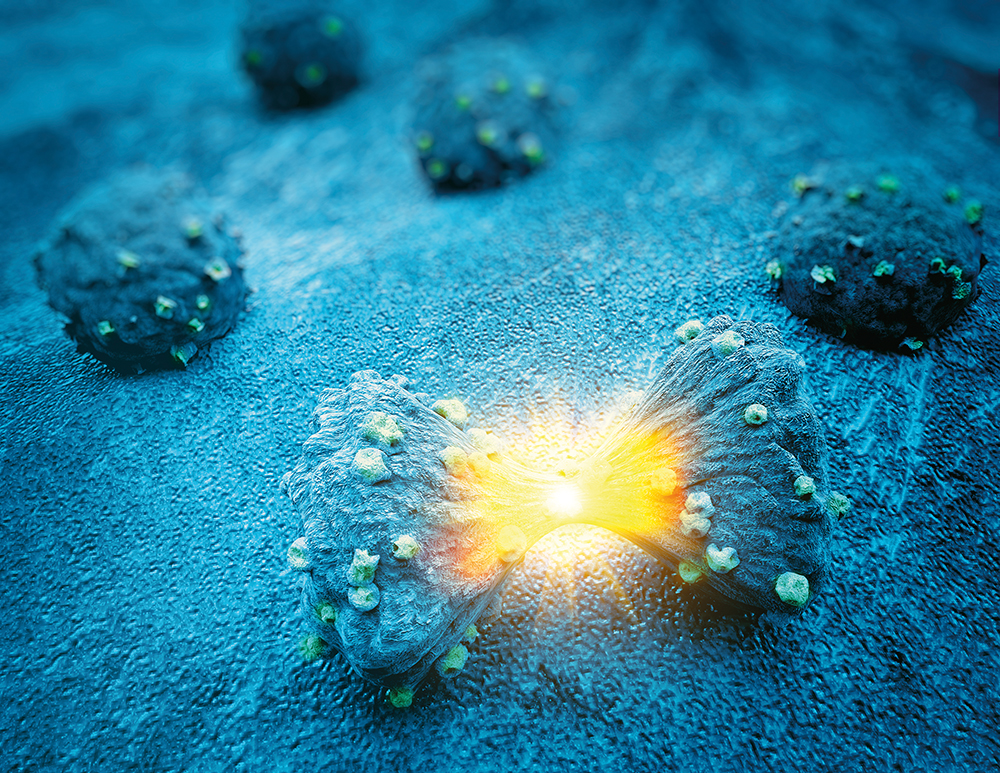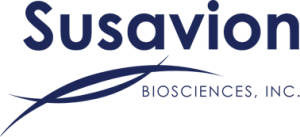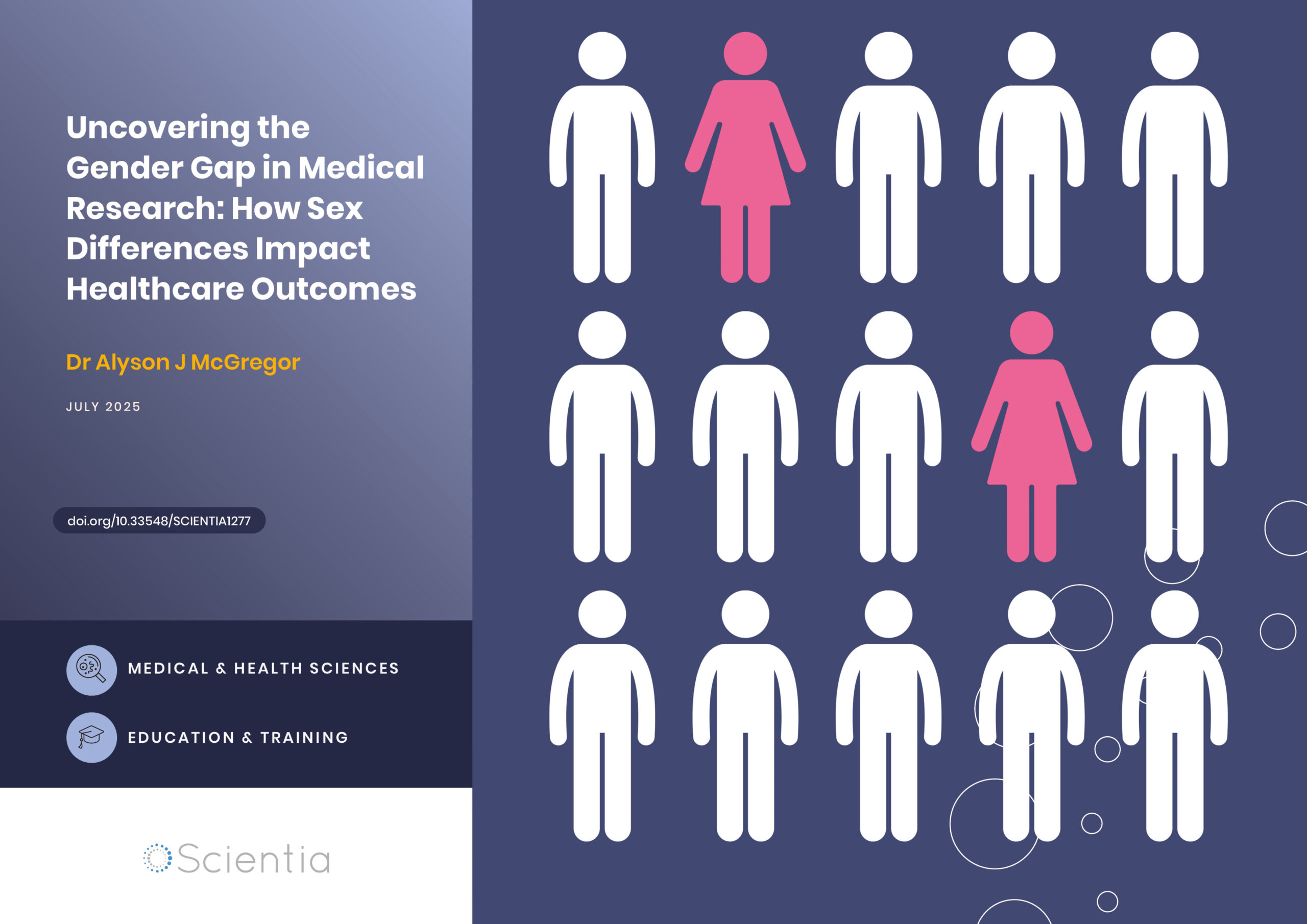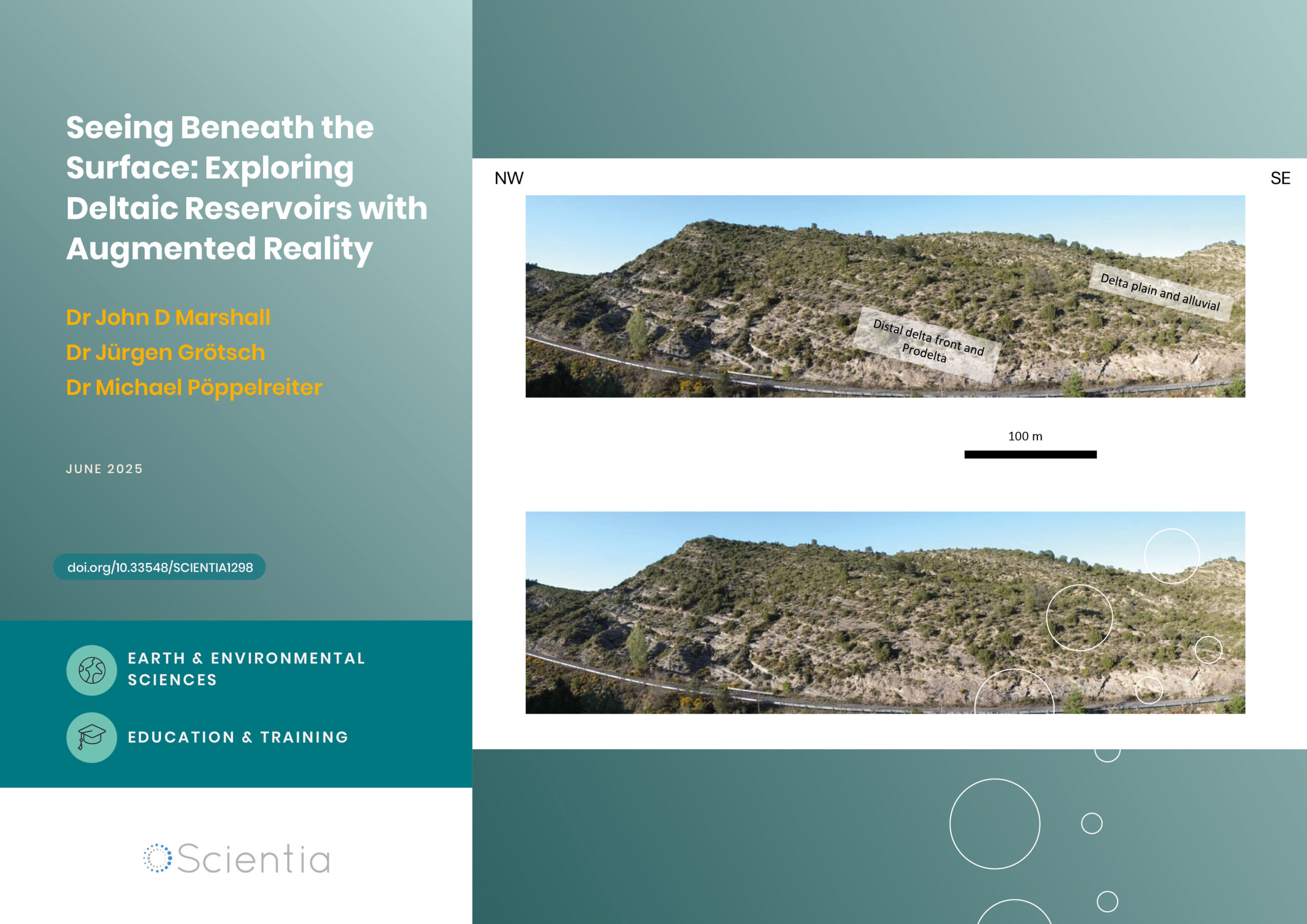Dr J. Kenneth Hoober | Dr Laura L. Eggink – Glycomimetic Peptides as Immune System Activators in the Treatment of Cancer and Viral Infections
Immune system cells express a number of receptors that bind to sugar ligands. This binding initiates the activation of T-cell lymphocytes and natural killer cells. Dr J. Kenneth Hoober, Dr Laura L. Eggink and the team at Susavion have designed peptides that bind to different receptors on immune cells. The peptides effectively extend the lives of mice with glioblastoma and ovarian cancer, and prevent the replication of viruses in the presence of non-neutralising antibodies. The mechanism of action of their peptides could inspire the development of effective treatments for Covid-19 and other viral infections.
Designing Novel Peptides to Modulate the Immune System
Cell to cell recognition occurs through the interactions of chemically complementary molecules on the surfaces of opposite cells. Cell to cell recognition is pivotal in a plethora of physiological processes. For example, it allows embryonic cells to arrange themselves into developing tissues, and immune cells to ‘sense’ the presence of pathogens and signal their destruction. The recognition is a biochemical event that happens when the receptor on one cell binds to a ligand molecule on another cell. Ligands often belong to a class of biological molecules known as glycoproteins, which are proteins to which sugars are attached.
Dr J. Kenneth Hoober, Dr Laura L. Eggink and the team at Susavion Biosciences developed peptides that mimic the action of glycoproteins and have the ability to modulate the immune system. More specifically, they designed peptides that are recognised with high affinity by specific receptors on immune cells.
An important upshot of their work is that they have identified some peptides that can inhibit the growth of cancer cells in several animal models of cancer. Cancer cells not only evade the immune system, they also actively suppress it. Susavion’s peptides mimic carbohydrate ligands and reactivate the immune system, generating a strong anti-tumour response. The peptides are effective across a range of diseases as a monotherapy or in combination with other treatments. They exert their action at very low concentrations and their efficacy is achieved without any significant toxicity.

Blocking the Replication of HIV
The team at Susavion Biosciences had previously identified several peptide sequences that mimic the terminal sugars of complex glycans. Peptide svH1C, one of the molecules developed by the team, was designed to mimic the action of sialic acid. Sialic acids are derivatives of a sugar with nine carbons, known as neuraminic acid and are expressed on the surface of cells. Glycoproteins that are rich in sialic acids bind to a large family of receptors known as siglecs (sialic acid-binding immunoglobulin-like lectins), which have a key role in the maturation of immune cells.
Given the importance of siglecs as regulators of the immune system, the researchers at Susavion Bioscience were intrigued by the possibility that the design of peptides that mimic sialic acids could lead to the synthesis of ligands capable of binding siglecs with enough affinity to achieve modulation of the immune system.
The team showed that svH1C is not constrained by a rigid structure, and thus interacts with binding sites from a flexible conformation. The peptide binds with high avidity to several recombinant human siglec receptors. Furthermore, subcutaneous, alternate-day injections of svH1C into mice induced several-fold increases in populations of several types of immune cells in the peritoneum. These results confirmed that svH1C mimics sialic acids and interacts with cell-surface receptors with enough potency to induce an immune response even at low concentrations.
More importantly, the team also reported that svH1C strongly inhibited infection by HIV-1 of peripheral blood mononuclear cells (mostly T cells) in culture and completely inhibited infection in the presence of non-neutralising antibodies taken from the serum of HIV-positive patients. The researchers point out that the complete inhibition cannot be caused by the serum, as in experiments where the serum was used on its own against HIV, the maximum amount of inhibition reached was 30%. They suggested instead that the binding of low concentrations of svH1C to one or more of the siglec receptors stimulated antibody-mediated destruction of the virus by phagocytosis, the process by which immune cells engulf and digest bacterial or viral particles.

A Cancer Immunotherapy Strategy
Dendritic and other cells involved in the immune system’s first line of defence internalise, process and present antigens to lymphocytes, initiating the proliferation of B- and T-lymphocytes. Dendritic cells are equipped with a receptor known as CLEC10A (Ca2+-dependent lectin domain family 10 member A, CD301), which acts as a pathogen-recognition receptor that binds structures containing the sugar N-acetylgalactosamine (GalNAc). CLEC10A has been proposed as a target for immunotherapy of cancer, a therapeutic strategy that aims to increase the immune system’s ability to recognise and destroy cancer cells.
Most human tumours display an immunosuppressive microenvironment that reduces the ability of antigen-presenting cells to recruit other cells in the immune cascade that control tumour growth, such as T-lymphocytes and natural killer cells. Many cancer cells manage to escape the action of the immune system by losing the cell-surface proteins that would normally act as tags that trigger an immune response. CLEC10A plays an important role in the maturation of dendritic cells and initiation of an immune response, by a cascade that results in T-cell activation. This prompted the researchers at Susavion to verify the hypothesis that a peptide binding to the GalNAc-binding site of CLEC10A could serve as an activator of immunity against cancer.

Two Promising Tools in the Fight Against Cancer
The Susavion team developed two peptides, named as svL4 and sv6D, both resembling the structure of N-acetylgalactosamine. The team confirmed through their studies that both peptides bound the CLEC10A receptor and promoted the recruitment, proliferation and activation of several types of immune cells. The strong immune response was localised in the peritoneal cavity and this led the team to test whether the peptides would be effective in treating cancers of peritoneal organs.
They developed binding experiments to evaluate the affinity of the two peptides to the receptors and observed that they were both able to bind even when present at very low concentrations. Of the two peptides, sv6D gave the most promising results, significantly extending the life of mice with implanted ovarian cancer cells. Peptide sv6D was as effective as the chemotherapeutic drug paclitaxel. Additionally, treatment with sv6D after paclitaxel further extended survival without developing additional toxicity.
On the other hand, svL4 strongly inhibited the growth of implanted glioma tumour cells in the brain of mice and enhanced survival after a brief, low dose radiation treatment. Similarly to that observed with sv6D, no toxicity has been detected with svL4. The peptide appears well tolerated and effective at very low concentrations.
A Molecular Switch?
Dose-response experiments with svL4 and sv6D revealed important aspects of the physiological roles of the receptor CLEC10A. Interestingly, low doses of the peptides produced an activation of the CLEC10A-mediated immune response. Increasing the dose of the peptides caused a peak in activation, followed by a steep inhibition of the immune response at higher doses of the peptides. These data suggest that the CLEC10A receptor might act as a molecular switch that can either initiate or block the immune cascade in response to the concentration of ligand.
CLEC10A could be targeted pharmacologically by different doses of modulator peptides, depending on the desired therapeutic outcome. In the context of immunosuppression, low concentration of the peptides would activate the immune system, while in the context of inflammation a higher concentration of Susavion’s peptides might be desirable.

A Bright Future for Susavion Biosciences
Susavion Biosciences, Inc. is pioneering the development of effective drugs based on peptides that work by activating the immune system without causing toxicity. The peptides in question mimic the sugar chains that bind to receptors expressed by immune cells. The scientists at Susavion propose that their peptides could be used therapeutically on their own or in combination with other treatments. Susavion’s peptides activate dendritic cells and macrophages, which are key in initiating the concerted action of all the other immune system cells. They resemble the action of N-acetylgalactosamine on the lectin receptor CLEC10A expressed by dendritic cells. Susavion’s approach could be adopted to address the biological problem of tumour-induced immune evasion.
The peptide sv6D has excellent potential to become a breakthrough product for ovarian cancer, which is among the most challenging cancers to treat. Current therapies for ovarian cancer are associated with high levels of toxicity. The low toxicity of sv6D makes it a promising compound, which will improve the survival and the quality of life of ovarian cancer patients. Susavion also developed the peptide svH1C as a highly specific mimetic of sialic acid. The peptide binds with high avidity to siglec receptors. svH1C completely inhibits HIV-1 replication in cultures of monocytes with serum from HIV-positive patients.
In future applications, the team at Susavion hopes to broaden the applicability of their approach. The selective modulation of CLEC10A receptors and the activation of tumour-specific cytotoxic T cells can treat glioma, melanoma and other cancers. svL4 and sv6D modulate the response in a dose-dependent manner. Interestingly, higher concentrations of the peptides are inhibitory towards the immune response, rather than activating it. This means that the use of svL4 and sv6D can be adapted to other inflammatory diseases. Importantly, the inhibition of HIV infection by svH1C, in the presence of non-neutralising antibodies, offers a therapeutic avenue to explore in the context of viral infections where a pathogen, or vaccine, should not induce a neutralising set of antibodies. Such a strategy would include – but is not limited to – the development of treatments to help meet the global challenge posed by Covid-19.
Reference
https://doi.org/10.33548/SCIENTIA620
Meet the researchers

Dr J. Kenneth Hoober, PhD
Chief Scientific Officer
Susavion Biosciences, Inc.
Tempe, AZ
USA
Dr J. Kenneth Hoober obtained his PhD in Biochemistry in 1965 at the University of Michigan. Before becoming Chief Scientific Officer at Susavion Biosciences, he was Chair in Life Sciences at Arizona State University. Dr Hoober has co-authored over 100 publications.
CONTACT
E: jkhoober@susavion.com

Dr Laura L. Eggink, PhD
President
Susavion Biosciences, Inc.
Tempe, AZ
USA
Dr Laura L. Eggink is a former Assistant Professor of Biomedicine and Biotechnology at Arizona State University, USA. She is an expert in cell signalling and peptide mimetics and is co-inventor with Dr Hoober on 14 patents.
CONTACT
E: Laura.Eggink@susavion.com
KEY COLLABORATORS
Katherine F. Roby, PhD, Research Professor, University of Kansas Medical Center
Carl V. Hanson, PhD, Director, Viral and Rickettsial Disease Laboratory, California Department of Public Health
Mark C. Preul, MD, Director, Neurological Research Laboratory, Barrow Neurological Institute
FURTHER READING
LL Eggink, KF Roby, R Cote, JK Hoober, An innovative immunotherapeutic strategy for ovarian cancer: CLEC10A and glycomimetic peptides, Journal for ImmunoTherapy of Cancer, 2018, 6, 28.
LL Eggink, GA Spyroulias, NG Jones, CV Hanson, JK Hoober, A Peptide Mimetic of 5-Acetylneuraminic Acid-Galactose Binds with High Avidity to Siglecs and NKG2D, 2015, PLoS ONE, 10, e0130532.
JK Hoober, ASGR1 and Its Enigmatic Relative, CLEC10A, International Journal of Molecular Sciences, 2020, 21, 4818.
LL Eggink, M Salas, CV Hanson, JK Hoober, Peptide Sugar Mimetics Prevent HIV Type 1 Replication in Peripheral Blood Mononuclear Cells in the Presence of HIV-Positive Antiserum, AIDS Research and Human Retroviruses, 2010, 28, 149–160.

Want to republish our articles?
We encourage all formats of sharing and republishing of our articles. Whether you want to host on your website, publication or blog, we welcome this. Find out more
Creative Commons Licence
(CC BY 4.0)
This work is licensed under a Creative Commons Attribution 4.0 International License. 
What does this mean?
Share: You can copy and redistribute the material in any medium or format
Adapt: You can change, and build upon the material for any purpose, even commercially.
Credit: You must give appropriate credit, provide a link to the license, and indicate if changes were made.
More articles you may like
Dr Alyson J McGregor | Uncovering the Gender Gap in Medical Research: How Sex Differences Impact Healthcare Outcomes
Medical research has historically focused predominantly on male subjects, leading to dangerous gaps in our understanding of how diseases and treatments affect women. Dr Alyson McGregor from University of South Carolina School of Medicine Greenville has devoted her career to addressing this critical issue, highlighting how biological sex differences impact health outcomes. Her work demonstrates that ignoring these differences can have life-threatening consequences and advocates for more inclusive research practices to ensure safe and effective healthcare for everyone.
How Food Environments Shape Our Eating Habits
How we eat dramatically impacts our health, yet millions of Americans live in ‘food deserts’ – areas with limited access to fresh, nutritious food. Recent research reveals that solving this crisis requires looking beyond just physical access to food to understand how our entire community environment shapes our dietary choices. Through a series of pioneering studies, Dr Terrence Thomas and colleagues at North Carolina A&T State University have been investigating how different aspects of our food environment influence what we put on our plates. Their findings suggest that creating lasting change requires reimagining how communities engage with food at every level.
Probing Electron Dynamics in the Ultrafast Regime
In the atoms that make up the matter around us, negatively charged particles called electrons have properties such as spin and orbital angular momentum. Researchers at Martin Luther University Halle-Wittenberg have developed a theoretical framework which allows them to simulate the dynamics of the spin and orbital angular momentum of electrons in materials when probed with an ultrafast laser pulse. Using this framework, they are able to simulate different materials and improve our understanding of dynamics on an atomic scale.
Seeing Beneath the Surface: Exploring Deltaic Reservoirs with Augmented Reality
In the Aínsa Basin of the Spanish Pyrenees, the Mondot-1 well was drilled, cored, and fully logged to capture a detailed record of a long-buried ancient river delta system. Dr. John D. Marshall, Dr. Jürgen Grötsch, and Dr. Michael C. Pöppelreiter with co-workers at Shell International used this core to trace how sediments once flowed across the landscape, and were deposited under shifting tectonic conditions. The team employed augmented reality and interactive virtual displays; these innovative tools offer new ways to explore subsurface depositional systems, and are particularly useful in locations where physical access to the core is difficult, or no longer possible.




